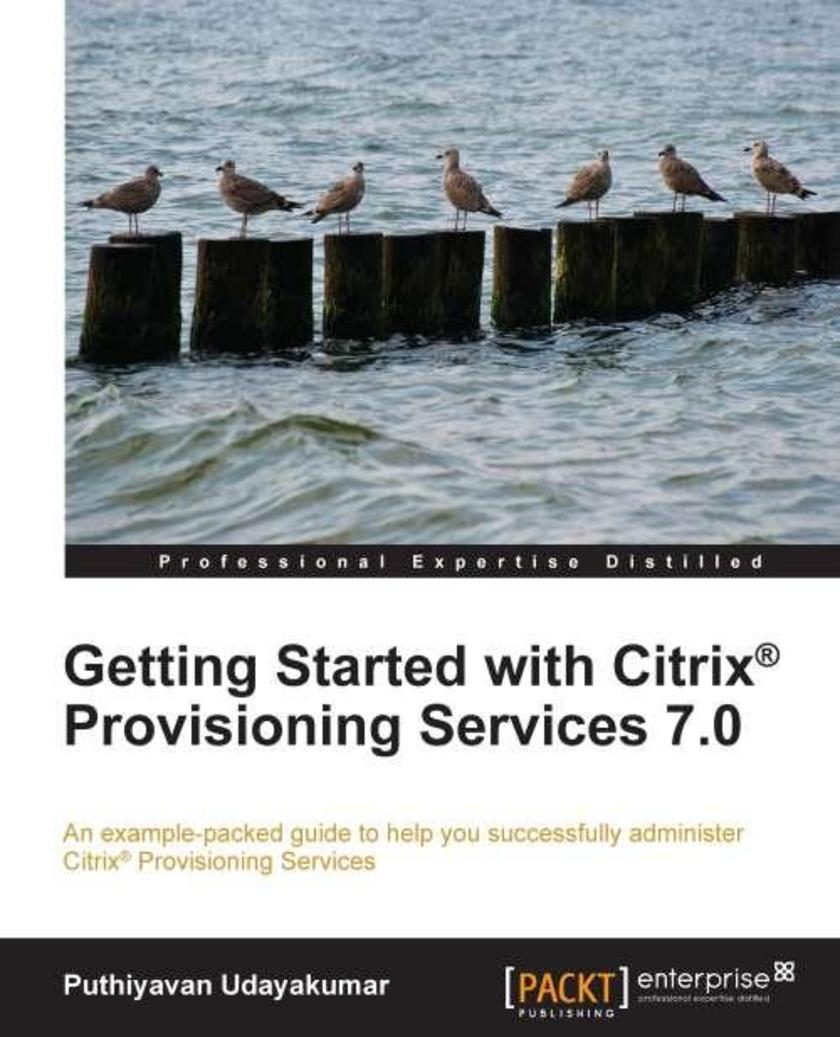
Getting Started with Citrix Provisioning Services 7.0
¥71.93
This practical guide helps you to administer Citrix Provisioning Services. Each chapter is structured in way to help you easily understand the various features, with accompanying practical examples that help beginners to quickly understand the product. This book is a useful guide for an admin/engineer who is new to the Citrix virtualization solution and provisioning service, and who is looking to get a good grounding in Citrix PVS. It’s assumed that you will have some understanding of the basics of virtualization already, but that's all you need to know!
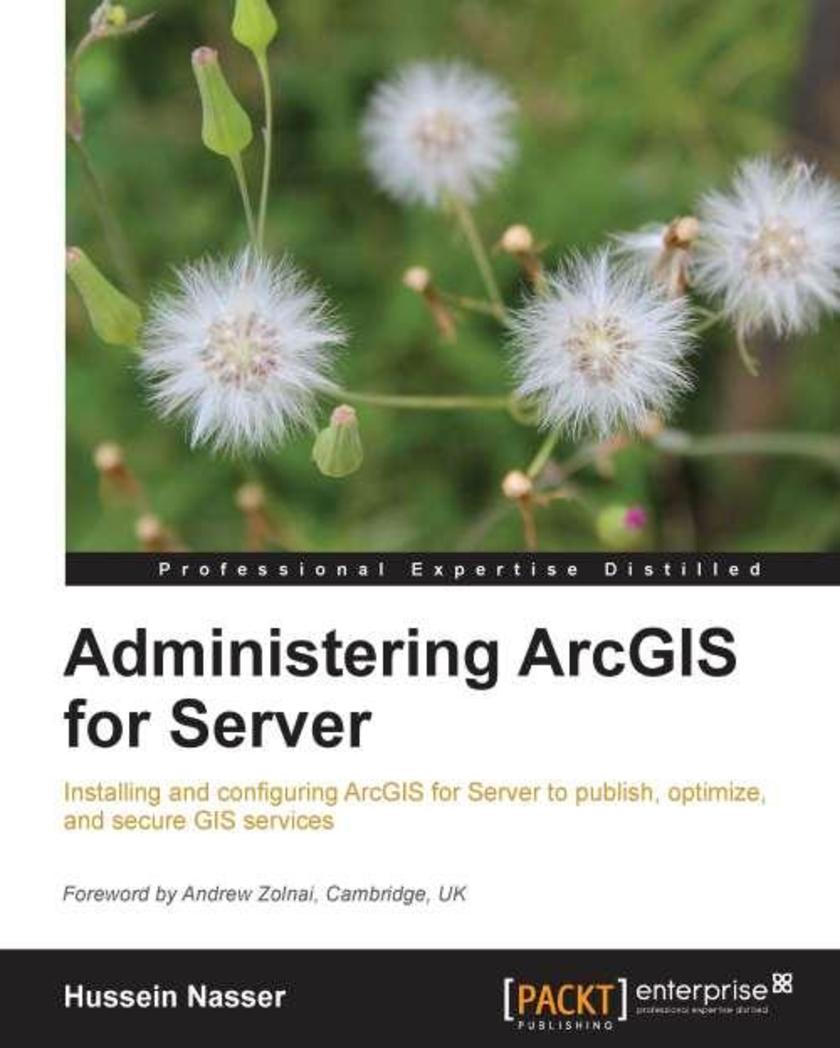
Administering ArcGIS for Server
¥90.46
This book is a practical, stepbystep tutorial providing a complete reference guide to the setup, installation, and administration of ArcGIS Server technology. If you are a GIS user, analyst, DBA, or programmer with a basic knowledge of ESRI GIS, then this book is for you.
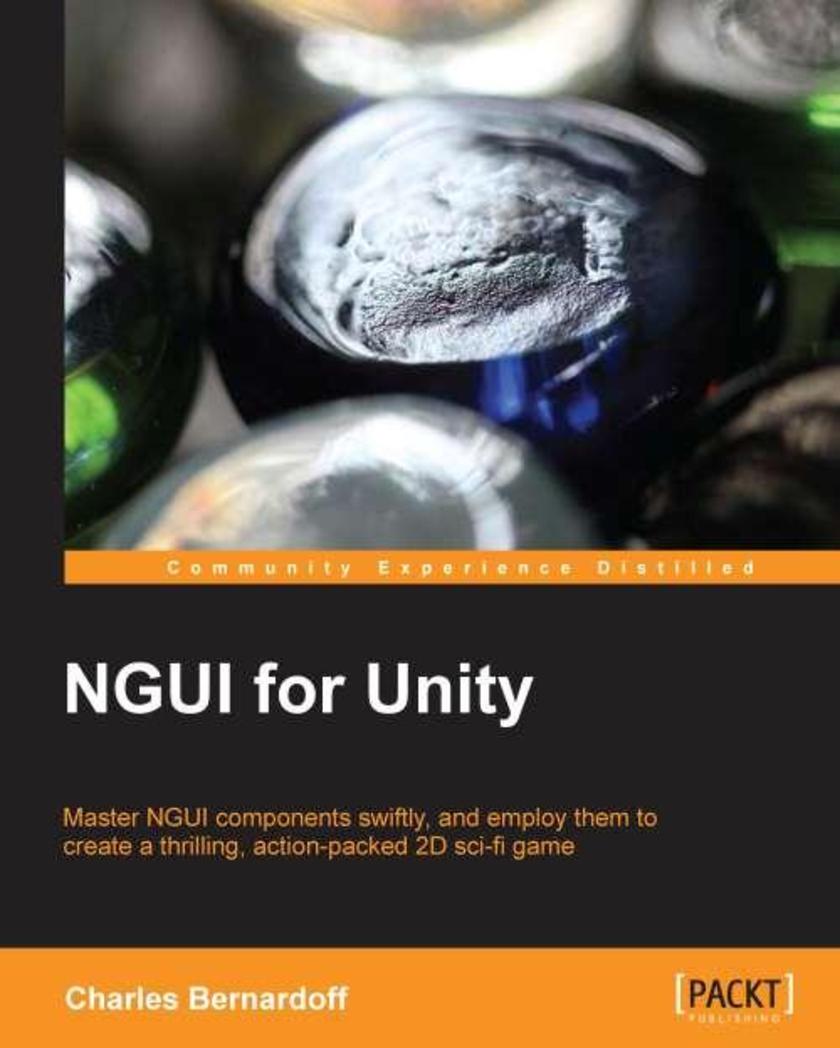
NGUI for Unity
¥63.21
An easytofollow, stepbystep tutorial focusing on practical situations and manipulations, guiding you to create a concrete Graphical User Interface and a simple 2D game. If you are a Unity 3D developer looking forward to learn NGUI for Unity, then this book is for you. Prior knowlege of C# *ing is expected. Additional knowledge of Unity 3D Editor, GameObject and creating/adding *s to GameObject would be beneficial; however, no prior knowledge of NGUI is required.
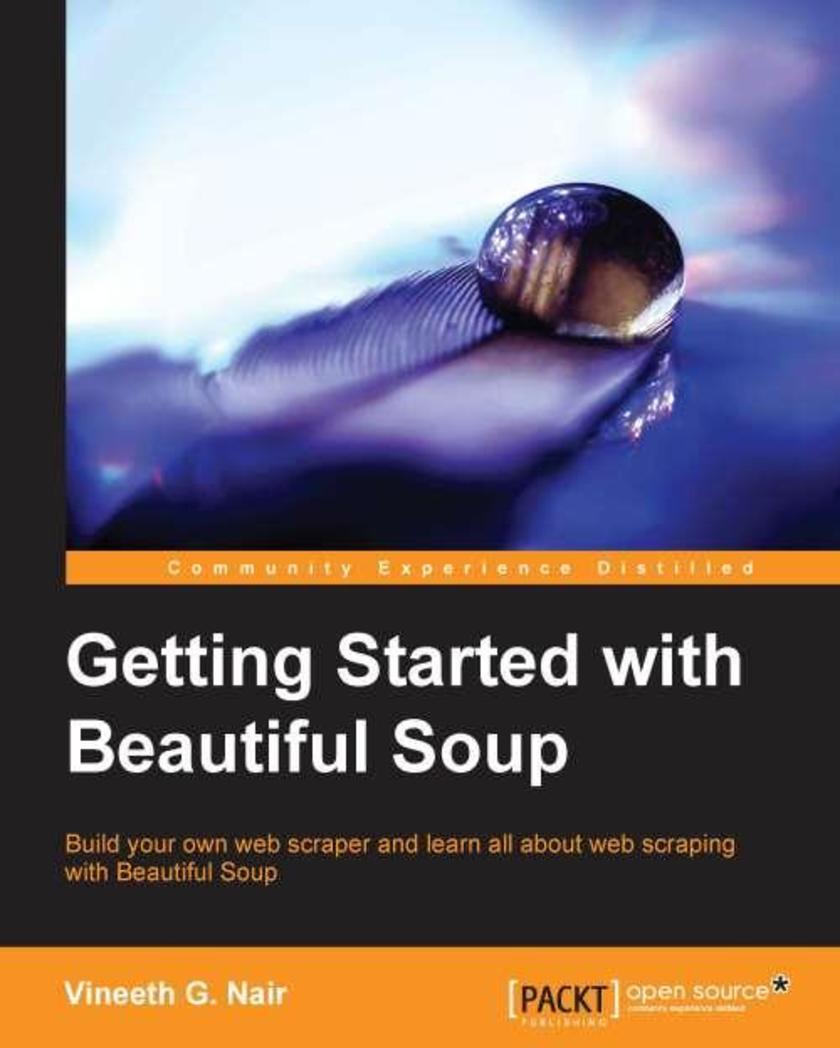
Getting Started with Beautiful Soup
¥63.21
This book is a practical, handson guide that takes you through the techniques of web scraping using Beautiful Soup. Getting Started with Beautiful Soup is great for anybody who is interested in website scraping and extracting information. However, a basic knowledge of Python, HTML tags, and CSS is required for better understanding.

Customer Success with Microsoft Dynamics Sure Step
¥107.90
"Customer Success with Microsft Dynamics Sure Step" is a focused tutorial of Microsoft Dynamics solution envisioning and delivery, rather than a stepbystep guide into project management. It will equip you with the tactics required to plan, align, and orchestrate your solution selling activities, as well as help you to be efficient, proactive, goal driven, and flexible in your Microsoft Dynamics engagements. If you are involved in one or more of the roles stated below, then this book is for you: ?If you are a Project Manager, Engagement Manager, Solution Architect, or Consultant involved in delivering Microsoft Dynamics solutions, this book will teach you how you can improve the quality of your implementation with a consistent, repeatable process. ?If you are a Customer Project Manager, Subject Matter Expert, Key User, or End User involved in selecting the right business solution for your organization and delivering the Microsoft Dynamics solution, this book will help you determine how the method facilitates the delivery of a solution that is aligned to your vision. ?If you are a Sales Executive, Services Sales Executive, Technical Sales Specialist, PreSales Consultant, or Engagement Manager involved in the sales of Microsoft Dynamics solutions, this book will help you to understand how you can accelerate your sales cycle and bring it to a close. ?If you are the Customer Decision Maker, CxO, Buyer, or Project Manager who participates in the selection process for your business solution needs, this book will show you how to determine how this process can help your due diligence exercise and set the stage for a quality implementation of the solution. ?If you are a Change Management expert, this book will enable you to learn how you can help the customer manage organizational change during the business solution delivery process, and/or help solution providers adopt a process for selling and delivering solutions.
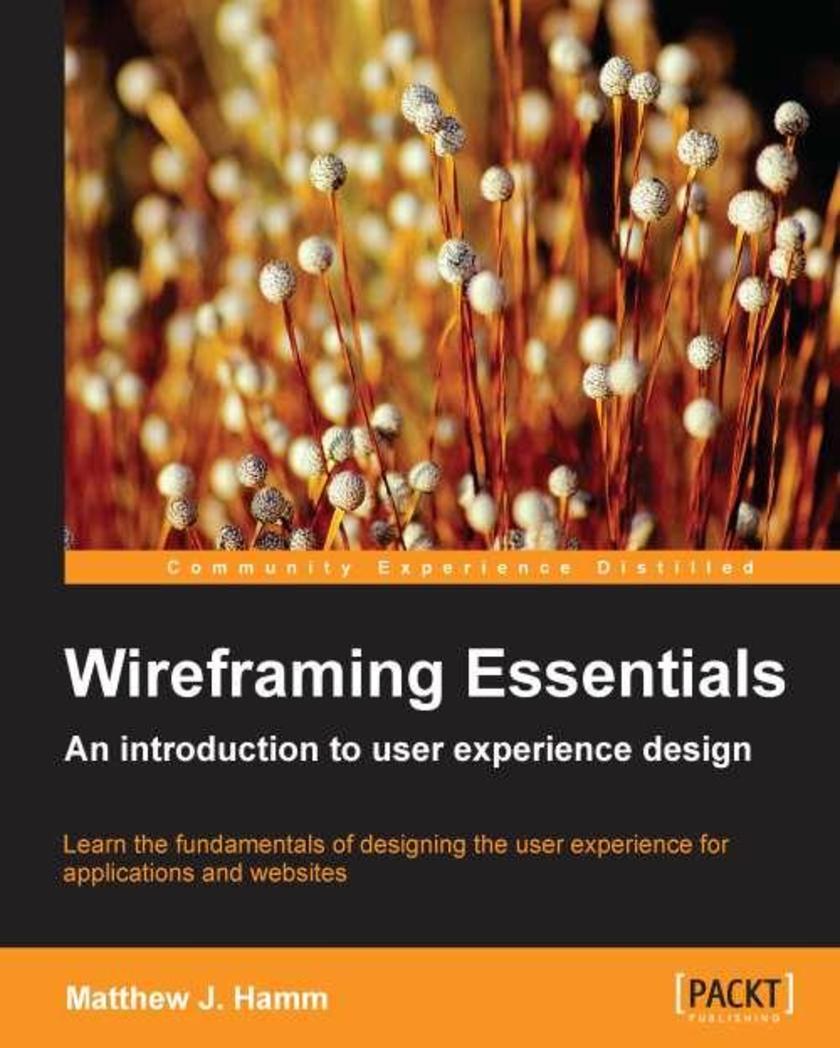
Wireframing Essentials
¥54.49
An easy to follow, examplebased guide introducing you to the world of user experience design through the author's real world experiences Whether you are looking to become a professional UX Designer, or just need to get the job done, the principles and processes discussed in this book will help you understand how to craft reliably effective and successful design solutions.
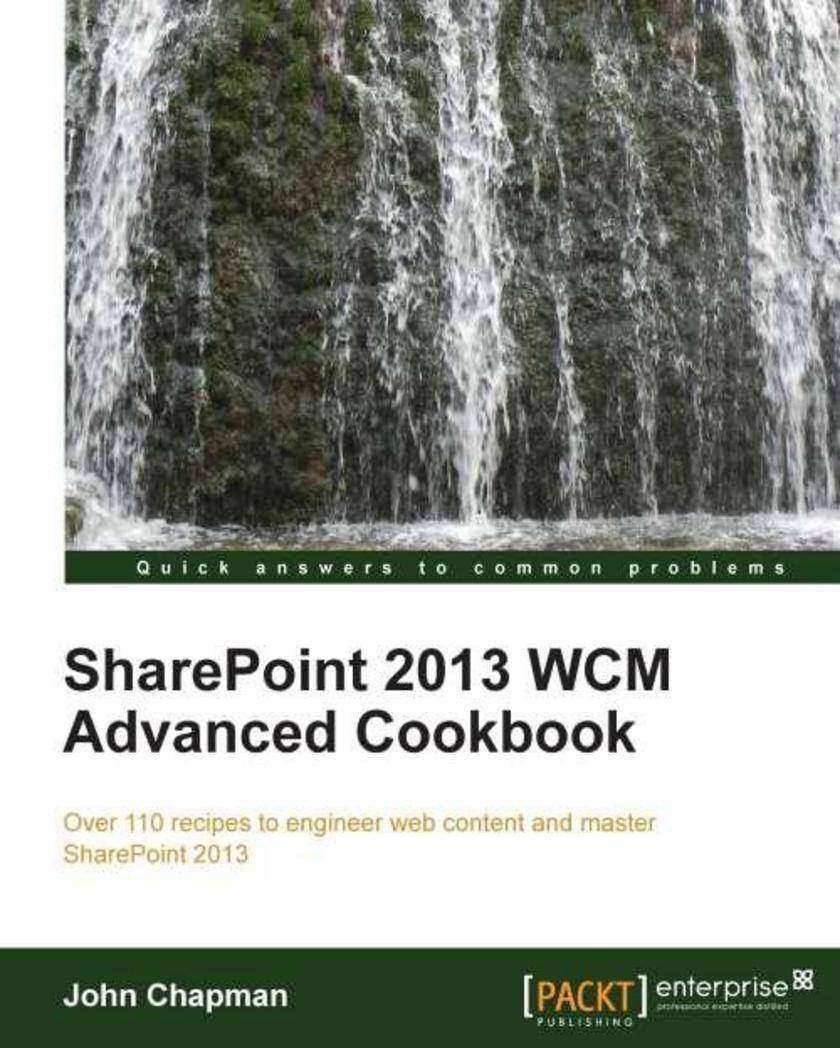
SharePoint 2013 WCM Advanced Cookbook
¥99.18
You will be led carefully stepbystep through a detailed set of recipes. This book focuses on web content management using Microsoft SharePoint 2013 server. The practical examples are built logically throughout the chapters to create a common theme. This book is ideal for developers who want to broaden their understanding of the web content management features available with SharePoint 2013. It is assumed that you already have some experience using SharePoint and developing web content. Experience with Microsoft PowerShell and coding C# with Visual Studio will also be helpful, but is not essential.
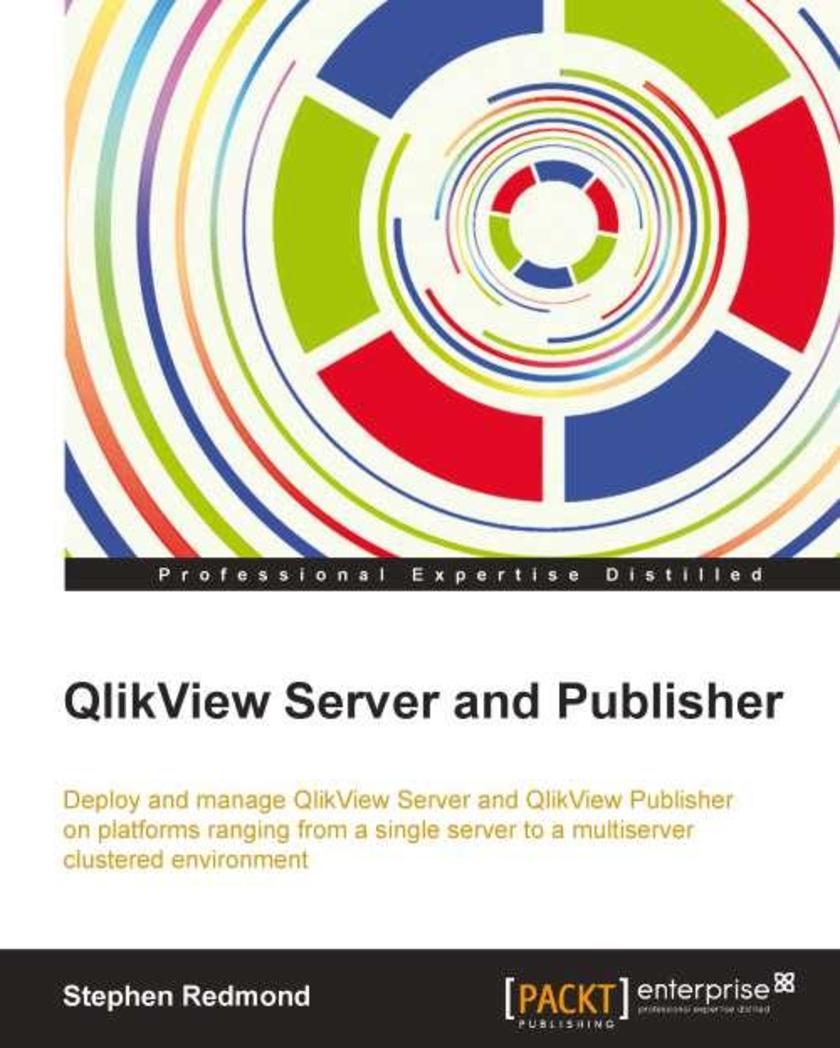
QlikView Server and Publisher
¥63.21
This is a comprehensive guide with a stepbystep approach that enables you to host and manage servers using QlikView Server and QlikView Publisher. If you are a server administrator wanting to learn about how to deploy QlikView Server for server management,analysis and testing, and QlikView Publisher for publishing of business content then this is the perfect book for you. No prior experience with QlikView is expected.
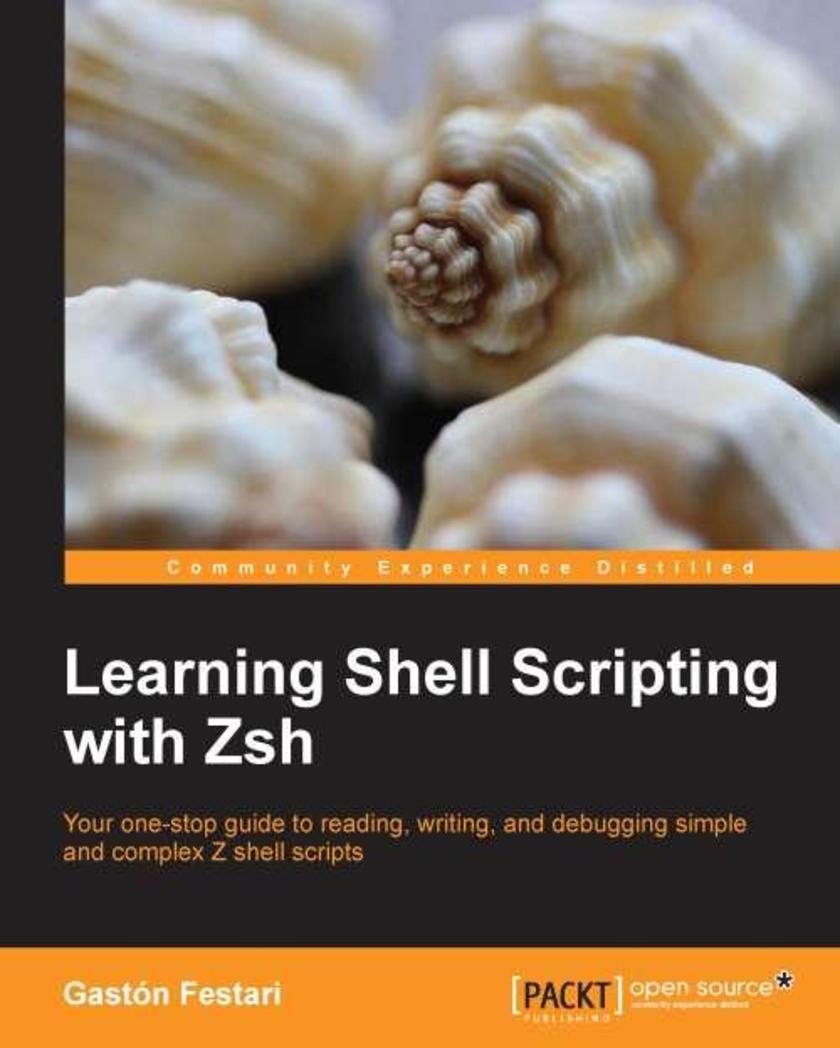
Learning Shell Scripting with Zsh
¥54.49
A stepbystep tutorial that will teach you, through realworld examples, how to configure and use zsh and its various features. If you are a system administrator, developer, or computer professional involved with UNIX who are looking to improve on their daily tasks involving the UNIX shell, "Learning Shell Scripting with zsh" will be great for you. It’s assumed that you have some familiarity with an UNIX commandline interface and feel comfortable with editors such as Emacs or vi.

Programming Arduino with LabVIEW
¥45.77
If you already have some experience with LabVIEW and want to apply your skills to control physical objects and make measurements using the Arduino sensor, this book is for you. Prior knowledge of Arduino and LabVIEW is essential to fully understand the projects detailed in this book.
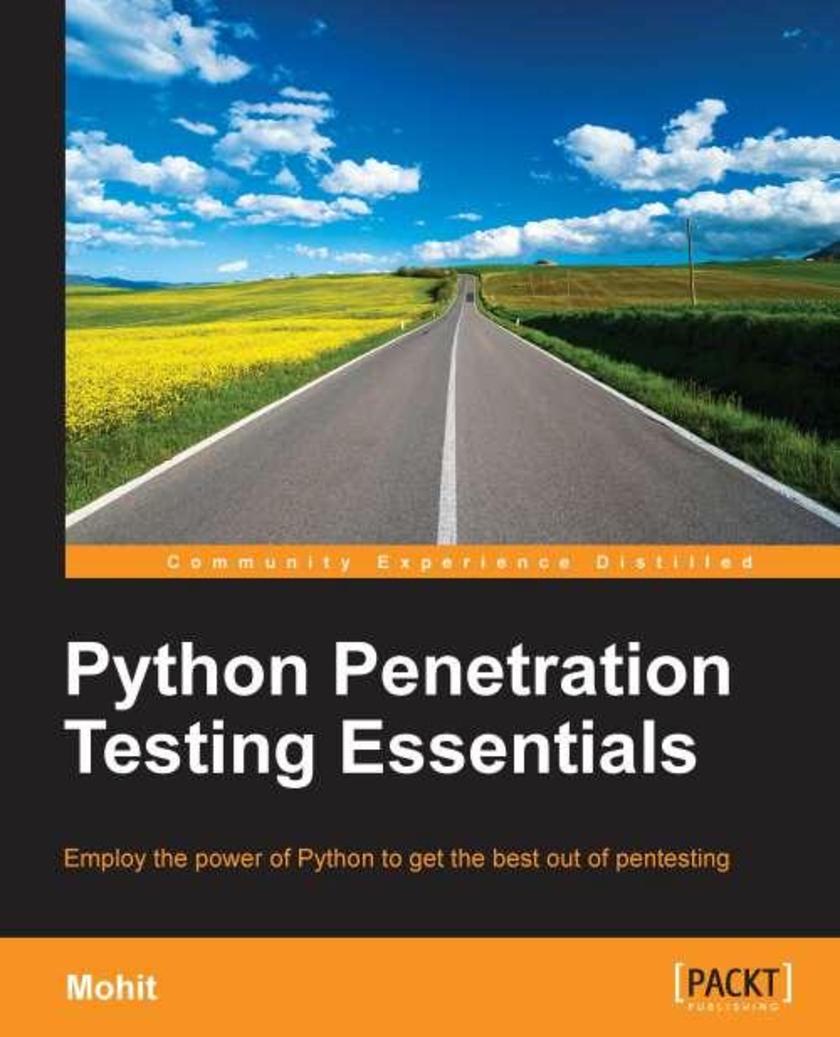
Python Penetration Testing Essentials
¥54.49
If you are a Python programmer or a security researcher who has basic knowledge of Python programming and want to learn about penetration testing with the help of Python, this book is ideal for you. Even if you are new to the field of ethical hacking, this book can help you find the vulnerabilities in your system so that you are ready to tackle any kind of attack or intrusion.
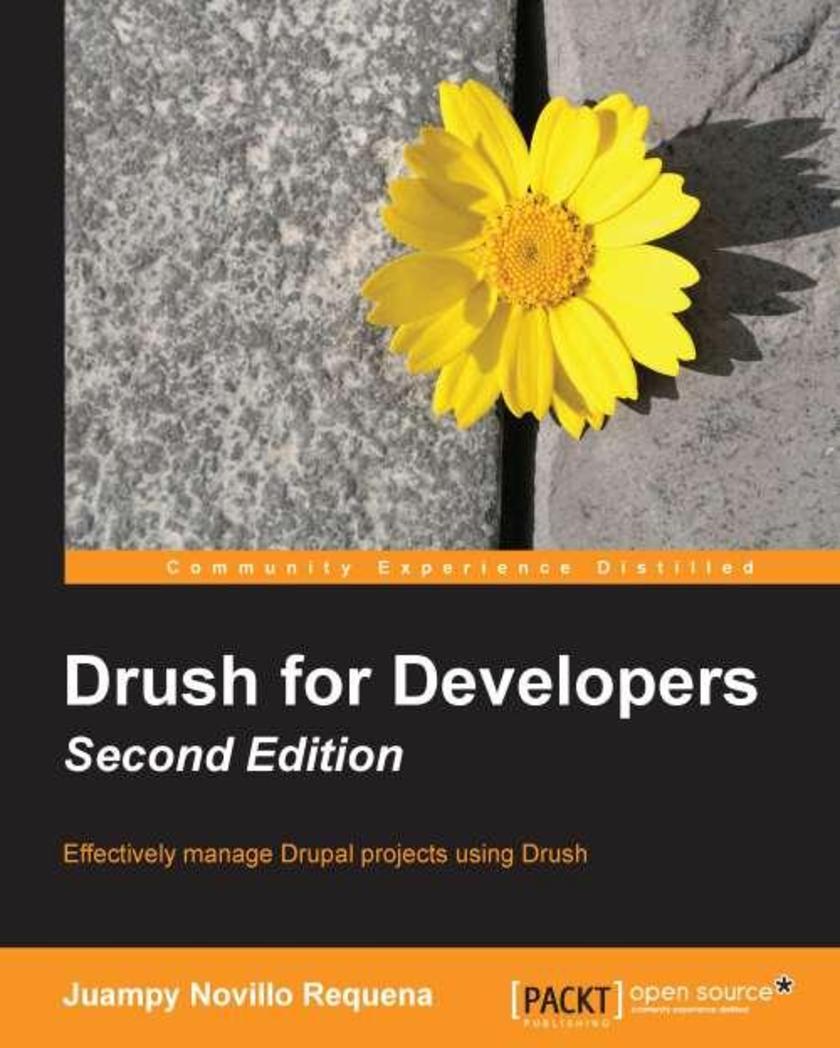
Drush for Developers - Second Edition
¥45.77
This book is a best fit for backend developers with a basic knowledge of Drupal's APIs and some experience using the command line. Perhaps you already worked on one or two Drupal projects, but have never dived deep into Drush's toolset. In any case, this book will give you a lot of advice by covering real-world challenges in Drupal projects that can be solved using Drush.
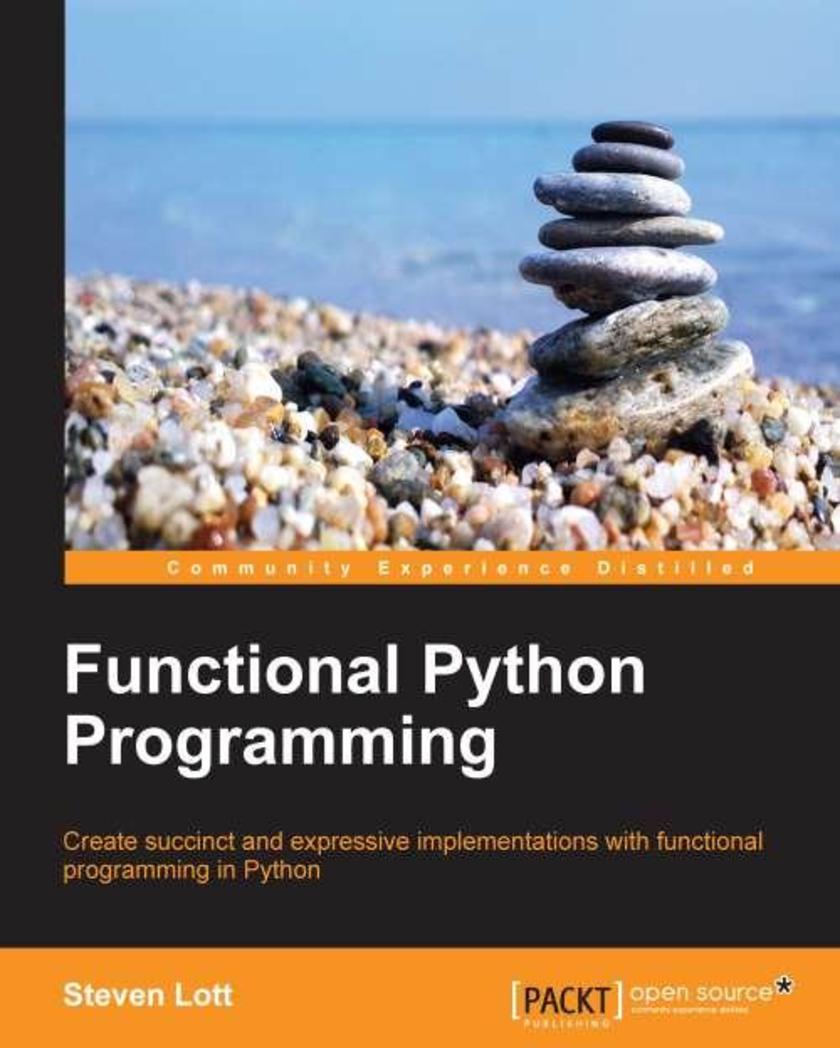
Functional Python Programming
¥90.46
This book is for developers who want to use Python to write programs that lean heavily on functional programming design patterns. You should be comfortable with Python programming, but no knowledge of functional programming paradigms is needed.
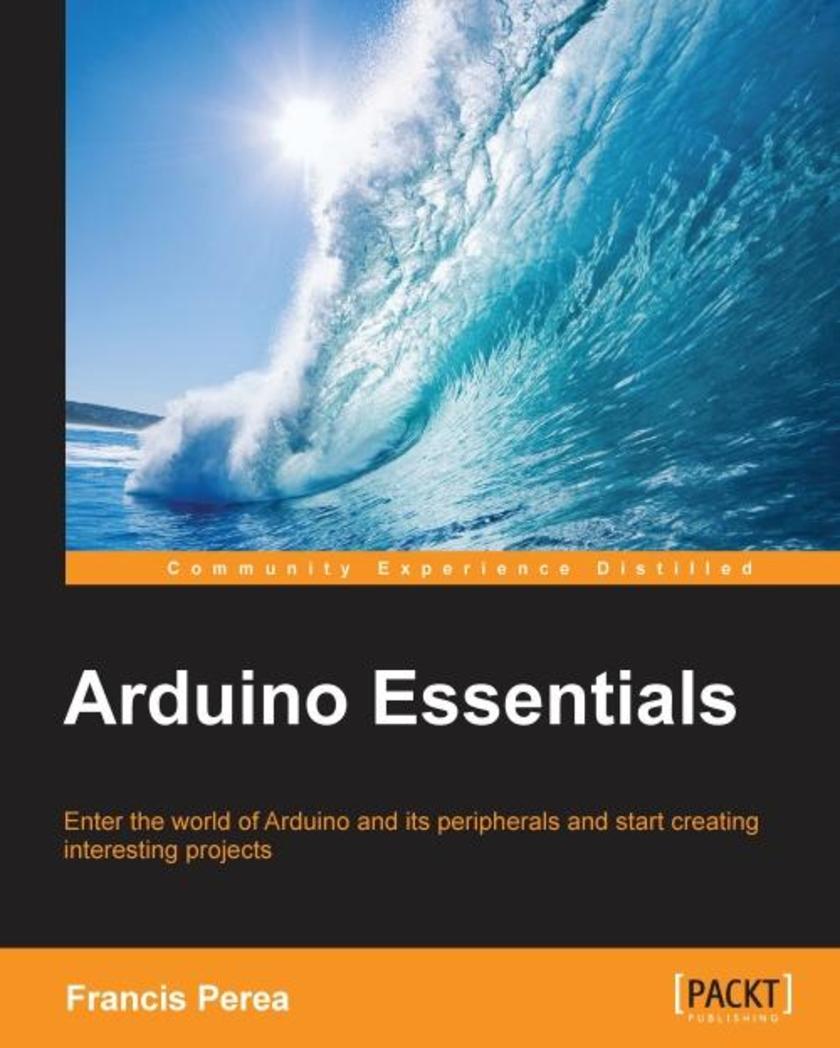
Arduino Essentials
¥54.49
If you are a hobbyist who wants to develop projects based on Arduino as the main microcontroller platform or an engineer interested in finding out what the Arduino platform offers, then this book is ideal for you. Some prior knowledge of the C programming language is required.

Blender Cycles: Materials and Textures Cookbook - Third Edition
¥90.46
This book is aimed at those familiar with the basics of Blender, looking to delve into the depths of the Cycles rendering engine to create an array of breath-taking materials and textures.
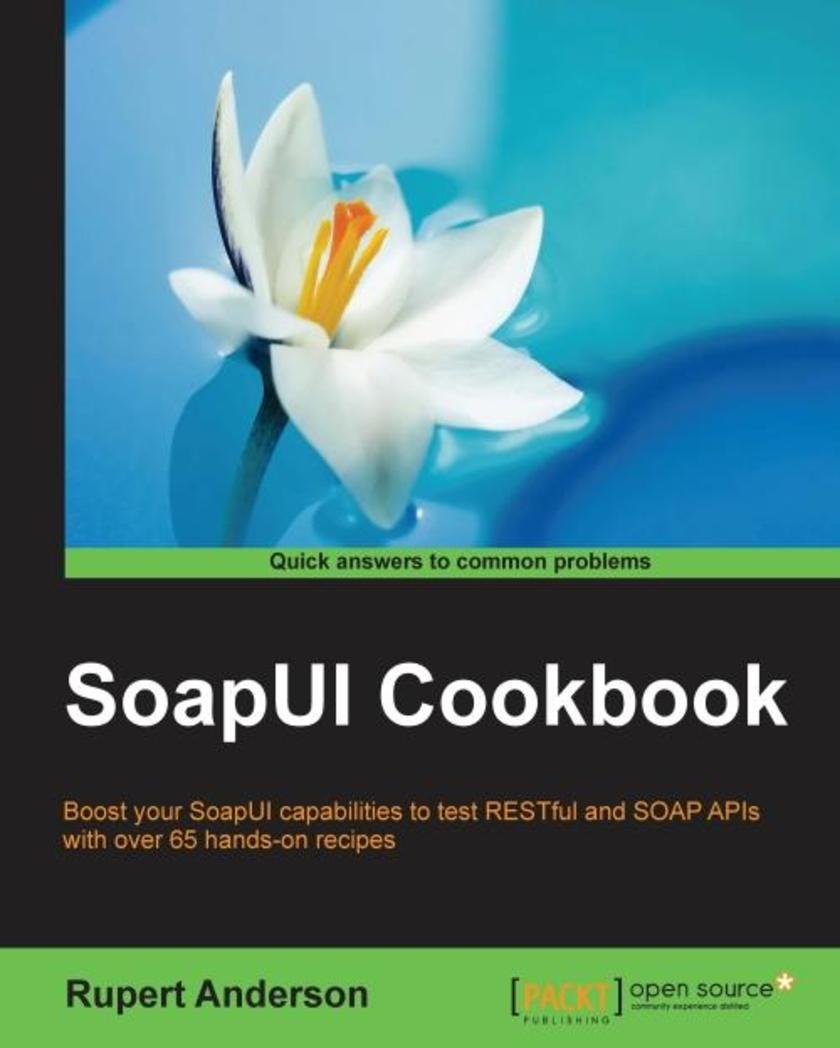
SoapUI Cookbook
¥80.65
This book is aimed at developers and technical testers who are looking for a quick way to take their SoapUI skills and understanding to the next level. Even if you are new to SoapUI but have basic Java skills and a reasonable grasp of RESTFul and Soap web services, then you should have no problem making use of this book.
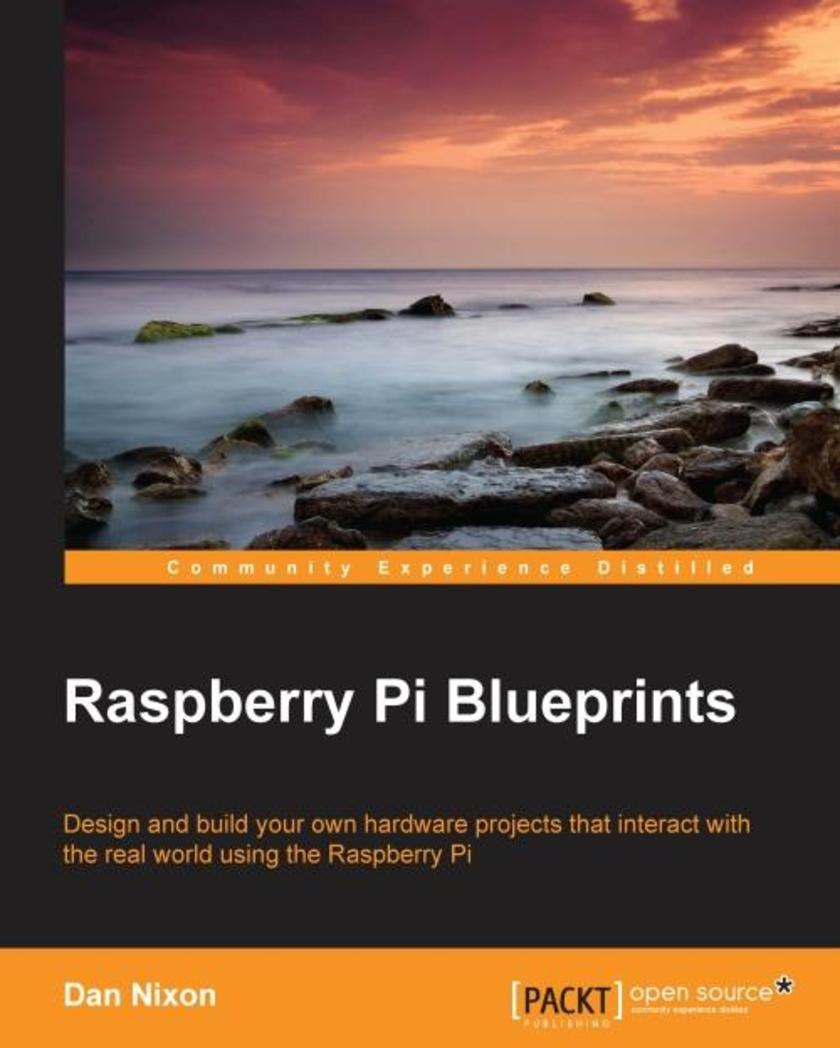
Raspberry Pi Blueprints
¥80.65
If you have already undertaken some simple projects with the Raspberry Pi and are looking to enter the exciting work of hardware interaction, then this book is ideal for you.
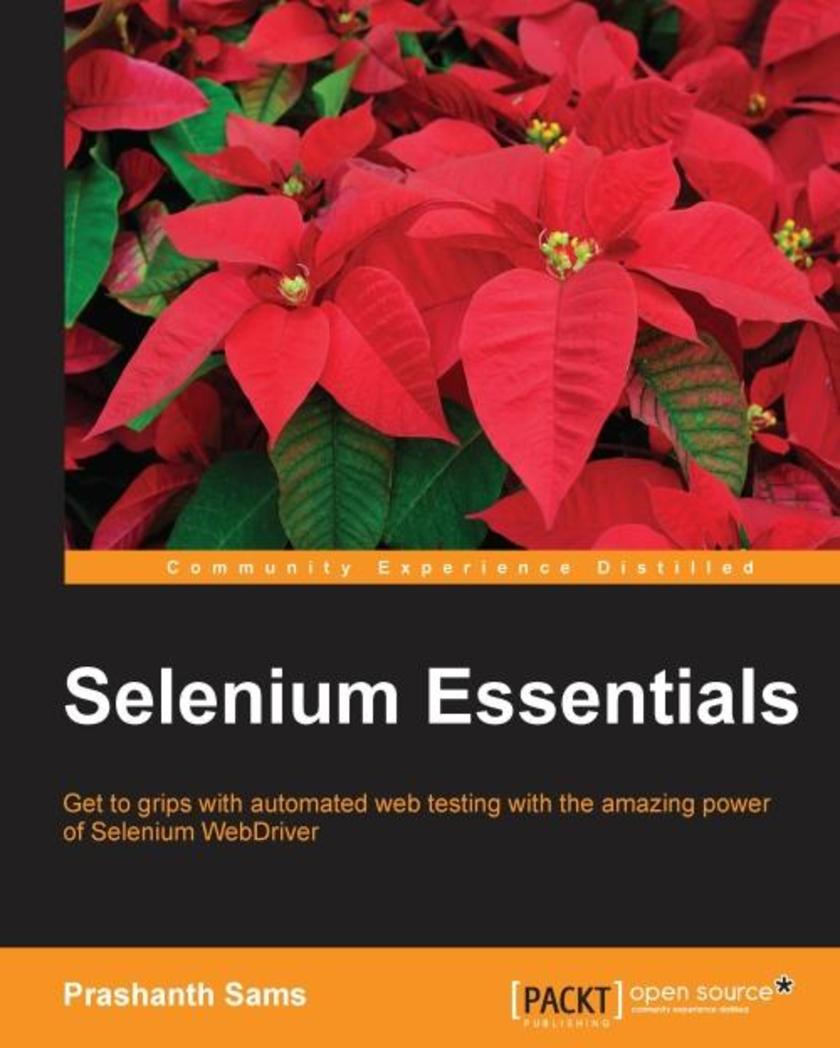
Selenium Essentials
¥54.49
If you are a developer who wants to migrate from Selenium RC or any other automation tool to Selenium WebDriver, then this book is for you. Knowledge of automation tools is necessary to follow the examples in this book.
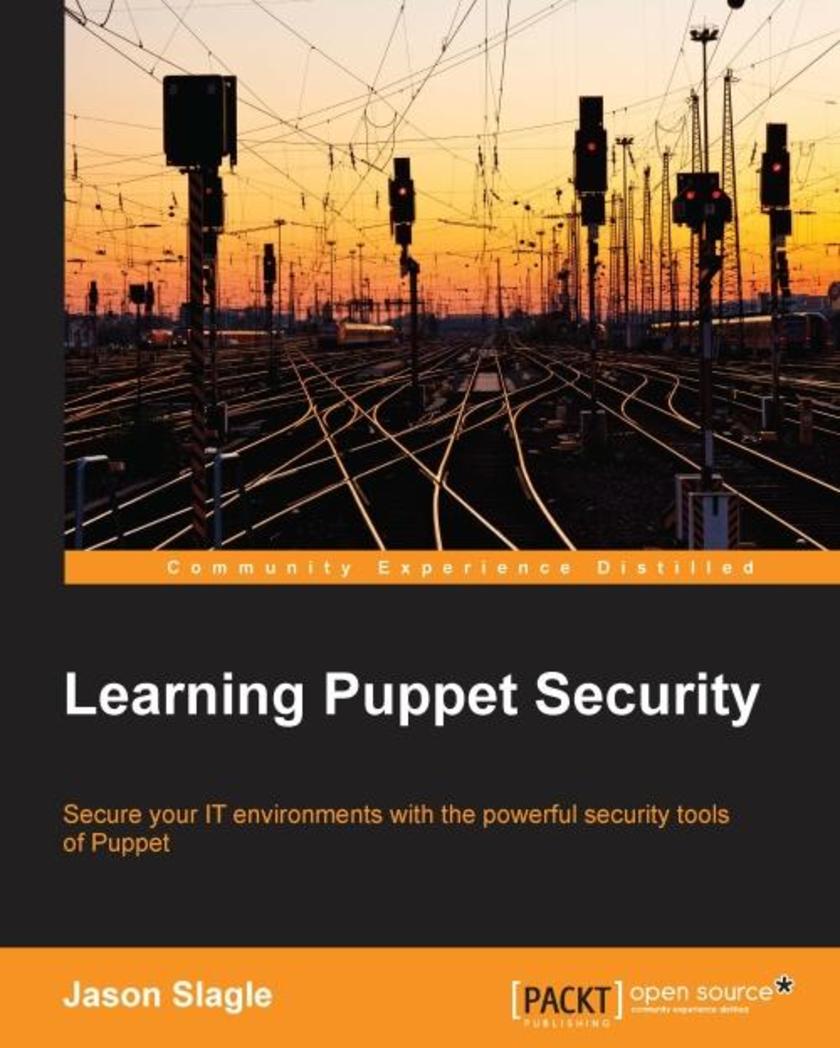
Learning Puppet Security
¥71.93
If you are a security professional whose workload is increasing, or a Puppet professional looking to increase your knowledge of security, or even an experienced systems administrator, then this book is for you. This book will take you to the next level of security automation using Puppet. The book requires no prior knowledge of Puppet to get started.
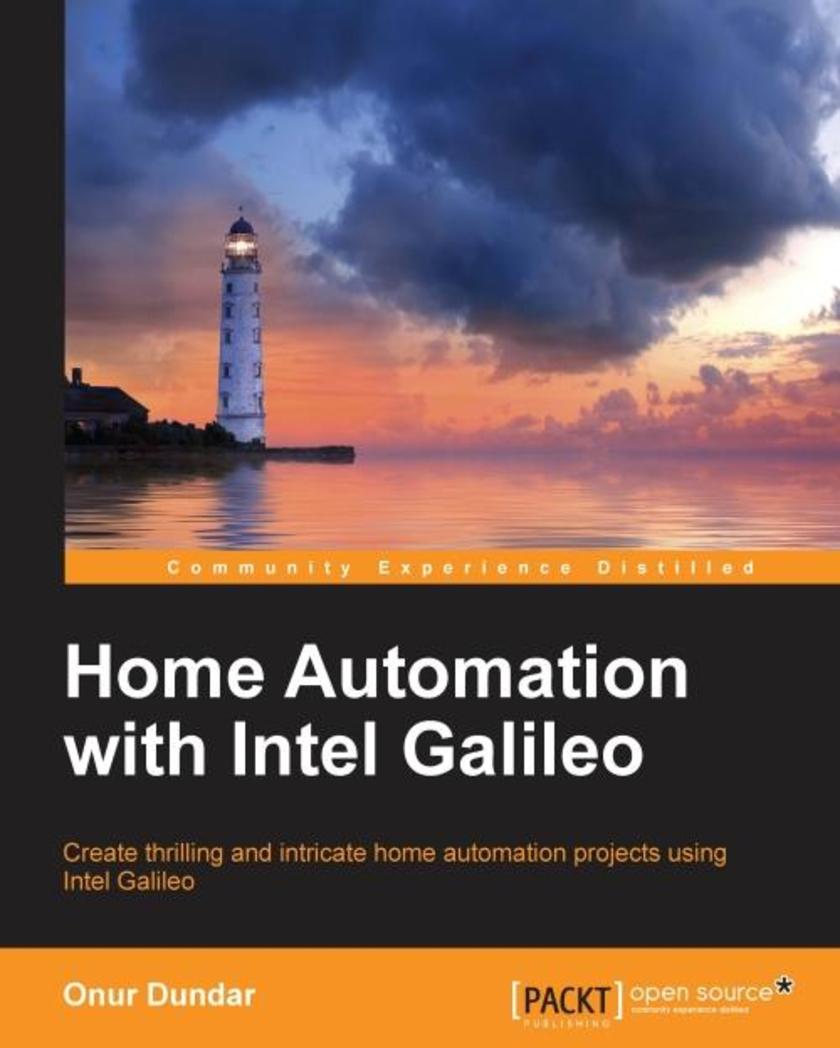
Home Automation with Intel Galileo
¥54.49
This book is for anyone who wants to learn Intel Galileo for home automation and cross-platform software development. No knowledge of programming with Intel Galileo is assumed, but knowledge of the C programming language is essential.
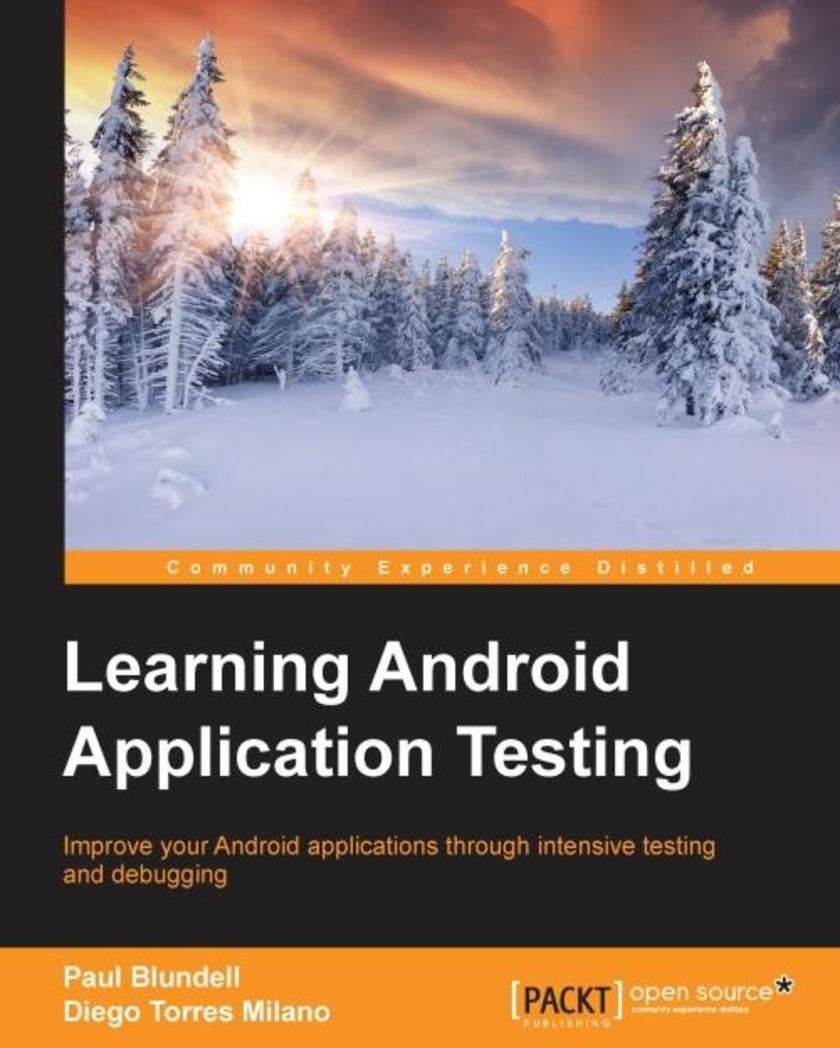
Learning Android Application Testing
¥90.46
If you are an Android developer looking to test your applications or optimize your application development process, then this book is for you. No previous experience in application testing is required.




 购物车
购物车 个人中心
个人中心



